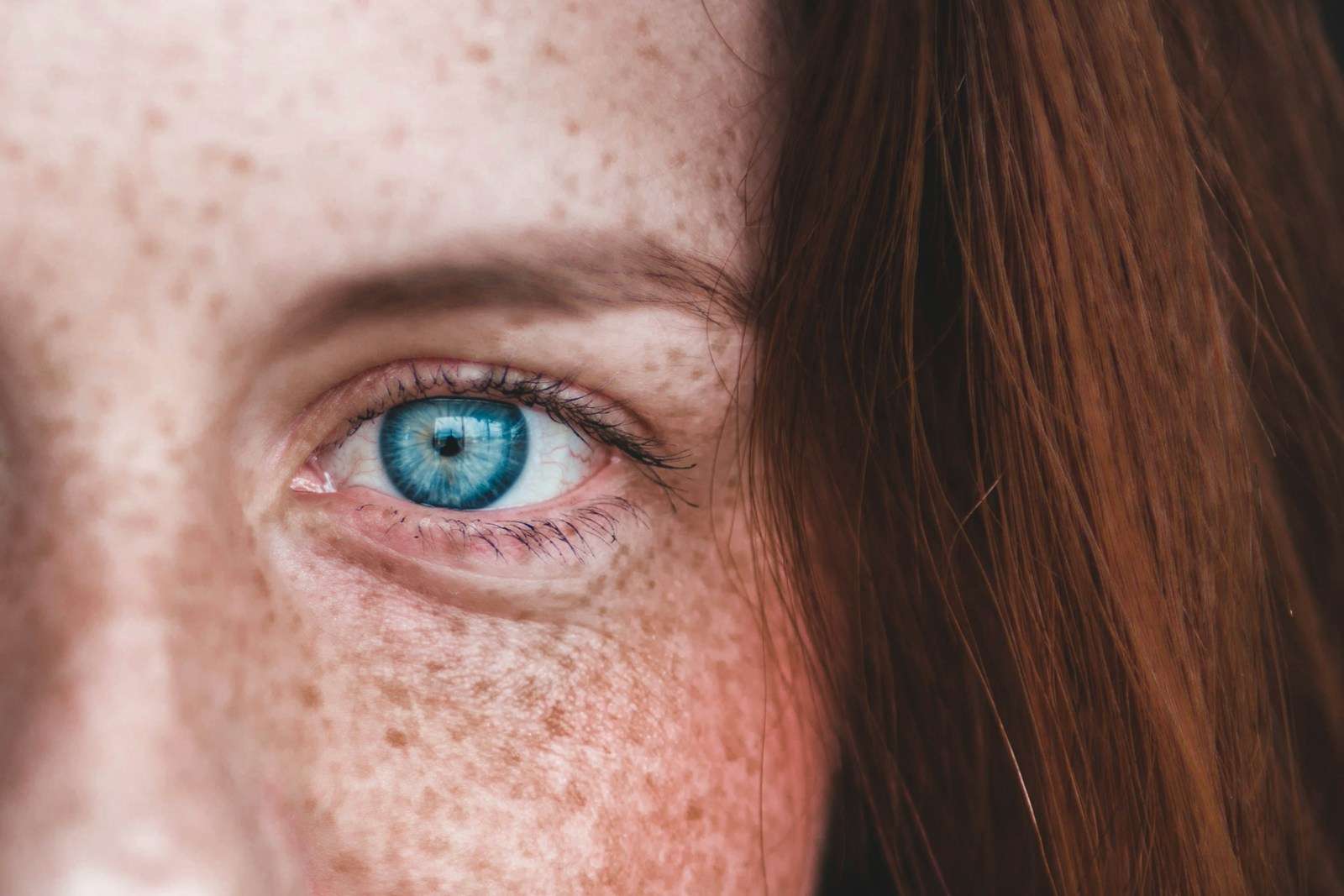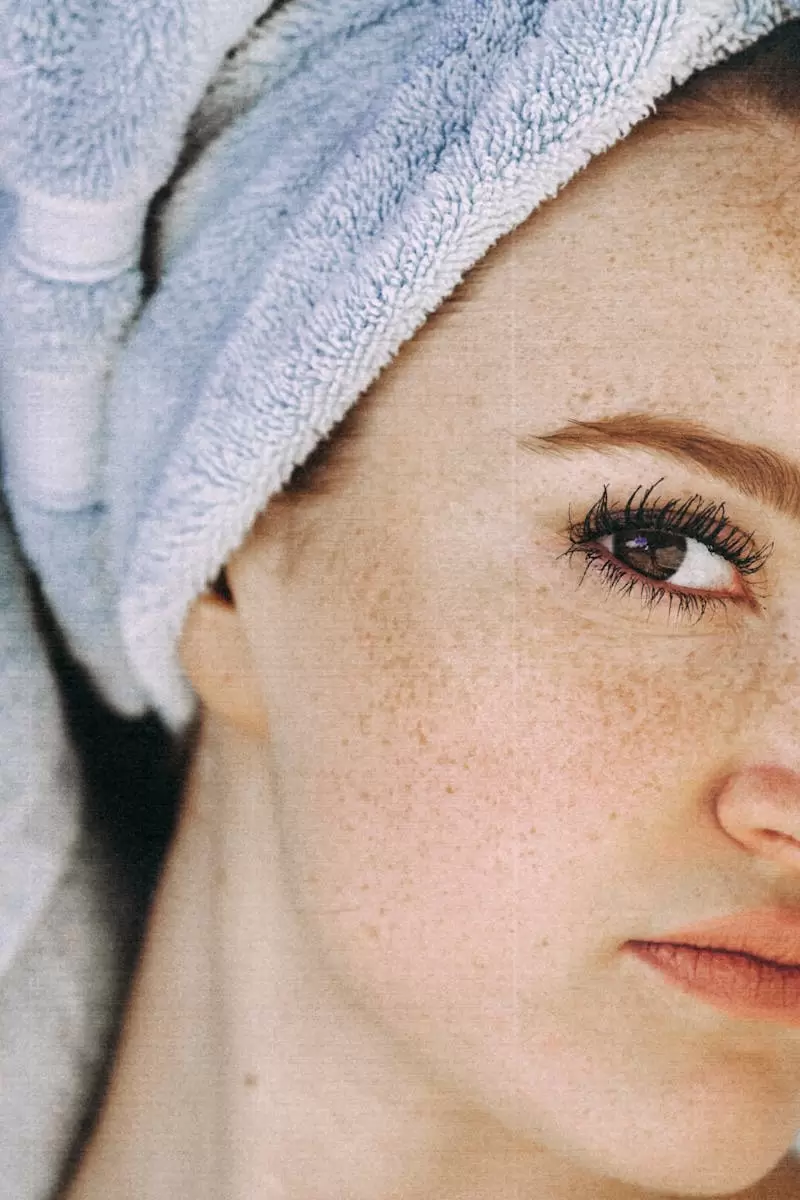Introduction
Are you considering undergoing fat injection into the lower eye socket? Before you proceed, it's important to have a thorough understanding of what this procedure entails.
İçindekiler
Overview of Fat Injection into the Lower Eye Socket
Consultation: The first step is to schedule a consultation with a qualified plastic surgeon. During this meeting, your surgeon will evaluate your suitability for the procedure and discuss your goals and expectations.
Pre-operative instructions: Prior to the surgery, your surgeon will provide you with specific instructions to follow. This may include avoiding certain medications, such as blood thinners, prior to the procedure. It's crucial to follow these instructions carefully to ensure a successful surgery.
Procedure details: During the surgery, fat is harvested from another area of your body, typically the abdomen or thighs, and injected into the lower eye socket to restore lost volume. The procedure is typically performed under local anesthesia.
Recovery process: After the surgery, you may experience mild bruising and swelling around the eye area. Your surgeon will provide detailed post-operative instructions, including how to care for the incision sites and manage any discomfort.
Expected results: The final results of fat injection into the lower eye socket may take several weeks to fully manifest. However, you can expect a more youthful appearance with improved volume and contour in the under-eye area.
Remember, each individual's experience may vary, so it's important to consult with your plastic surgeon for personalized advice and guidance throughout the process.
Consultation and Medical Evaluation
When considering fat injection into the lower eye socket, it's important to undergo a consultation and medical evaluation first. This step ensures that you are a suitable candidate for the procedure and that you fully understand the process and potential risks involved.
Meeting with the Surgeon
During your consultation, you will meet with a qualified surgeon who specializes in fat injections. They will assess your individual needs and discuss the desired outcomes of the procedure. This is a great opportunity to ask any questions or voice any concerns you may have.
Medical History and Physical Examination
The surgeon will review your medical history in detail, including any previous surgeries or medical conditions. They will also conduct a physical examination to evaluate your overall health and determine if you have any factors that may affect the success of the procedure.
Discussion of Expectations and Risks
During your consultation, the surgeon will explain what you can expect from the fat injection procedure, including potential results and recovery time. They will also discuss any potential risks or complications associated with the surgery. It's important to have a clear understanding of both the benefits and risks before making a decision.
By following these pre-operative instructions and engaging in open communication with your surgeon, you can ensure a successful fat injection into the lower eye socket procedure.
Preparing for the Procedure
If you're considering getting fat injection into the lower eye socket, it's important to prepare yourself properly. Here are some key instructions to follow:
Instructions for Medications and Supplements
-
Inform Your Doctor: Make sure to inform your doctor about any medications or supplements you are currently taking. Some of these may need to be stopped or adjusted before the procedure.
-
Stop Blood-Thinning Medications: Blood-thinning medications like aspirin should be avoided for at least a week before the procedure. They can contribute to excessive bleeding during the surgery.
-
Herbal Supplements: Certain herbal supplements, such as ginkgo biloba and garlic, can increase the risk of bleeding. It's recommended to stop taking them at least two weeks before the procedure.
Smoking and Alcohol Cessation
-
Avoid Smoking: If you're a smoker, it's crucial to stop smoking well in advance of the surgery. Smoking can hinder the healing process and increase the risk of complications.
-
Limit Alcohol Consumption: Alcohol can also interfere with the healing process. It's best to limit or avoid alcohol in the days leading up to the procedure.
Fasting Guidelines
- Follow Fasting Guidelines: Your doctor will provide specific instructions regarding fasting before the procedure. It's important to follow these guidelines closely to ensure a safe and successful surgery.
By following these pre-operative instructions, you can help minimize potential risks and ensure that you are fully prepared for your fat injection into the lower eye socket procedure. Remember, always consult with your doctor for personalized advice and guidance throughout the process.
Pre-Operative Instructions for Fat Injection into the Lower Eye Socket
Before undergoing fat injection into the lower eye socket, there are a few important pre-operative steps to follow. These steps are necessary to ensure a safe and successful procedure. Here are some key points to keep in mind:
Pre-Operative Testing
It is crucial to undergo pre-operative testing to assess your overall health and determine if you are a suitable candidate for the procedure. The following tests may be required:
Blood Tests and Imaging
Blood tests help evaluate your blood count, clotting ability, and blood type. Imaging tests, such as an ultrasound or CT scan, may also be conducted to assess the area where the fat will be injected.
Electrocardiogram (ECG)
An ECG is used to evaluate the electrical activity of your heart. This test ensures that your heart is healthy and can withstand the procedure.
Other Required Tests
Depending on your medical history and the surgeon's recommendations, additional tests may be necessary. These could include physical examinations, allergy tests, or other specific assessments.
By completing these pre-operative tests, you provide your surgeon with a comprehensive understanding of your health status. This allows them to plan the procedure accordingly and minimize any potential risks.
Remember to follow all instructions provided by your healthcare professional and ask any questions you may have about the procedure. Proper preparation is essential for a smooth and successful fat injection into the lower eye socket.
Preparing the Surgical Site
Before undergoing fat injection into the lower eye socket, it is important to properly prepare the surgical site. Here are some key instructions to follow:
Skin Care and Cleansing
It is essential to thoroughly clean the skin around the lower eye area before the surgery. Use a gentle cleanser and warm water to cleanse the skin, removing any dirt or oils. This will help create a clean and sterile environment for the procedure.
Avoidance of Makeup and Skincare Products
In the days leading up to your surgery, it is advised to avoid using any makeup or skincare products on the lower eye area. This includes moisturizers, serums, creams, and cosmetics. This will minimize the risk of any potential contamination and ensure a smooth procedure.
Hair and Eyebrow Preparation
To optimize the surgical site, it is recommended to tie back any hair that may interfere with the procedure. This will prevent any stray hairs from getting in the way during the injection process. Additionally, make sure your eyebrows are groomed and trimmed to avoid any interference with the surgical area.
By following these pre-operative instructions, you can ensure that your fat injection into the lower eye socket procedure goes smoothly and yields optimal results. It is crucial to consult with your surgeon for specific instructions tailored to your individual needs.
Lifestyle Adjustments
When it comes to undergoing a fat injection into the lower eye socket, a few pre-operative instructions can help ensure a smooth procedure and optimal results. Here are some key lifestyle adjustments to consider before your surgery:
Physical Activity and Exercise Guidelines
To prepare for your fat injection procedure, it is important to limit strenuous physical activities and exercises in the days leading up to it. This includes avoiding heavy lifting, intense workouts, and activities that may raise your heart rate significantly. By following this guideline, you can minimize the risk of excessive swelling or bleeding during the procedure.
Dietary Restrictions
Maintaining a healthy diet is crucial prior to your fat injection surgery. However, it is advisable to refrain from consuming certain foods and beverages that may increase the likelihood of bruising or bleeding. These include alcohol, aspirin, and anti-inflammatory medications. Additionally, staying hydrated by drinking plenty of water can aid in the healing process.
Avoidance of Sun Exposure
Protecting your skin from sun exposure is vital before undergoing a fat injection into the lower eye socket. Too much sun exposure can cause skin damage and increase the risk of complications during and after the procedure. Make sure to wear sunscreen with a high SPF and avoid prolonged exposure to direct sunlight.
By following these lifestyle adjustments and adhering to your surgeon's specific instructions, you can help ensure a successful fat injection procedure and achieve the best possible outcome for rejuvenating your lower eye area.
Pre-Operative Instructions Checklist
Before getting fat injection into the lower eye socket, it's important to follow several pre-operative instructions to ensure the best results and minimize any potential risks. Here is a summary of all the pre-operative instructions you should follow:
Checklist for Patient to Follow
-
No Smoking: Smoking can interfere with the healing process, so it's essential to refrain from smoking for at least two weeks before the procedure.
-
Avoid Blood Thinners: Blood thinning medications, such as aspirin and ibuprofen, should be avoided for at least two weeks before the surgery to reduce the risk of excessive bleeding.
-
No Alcohol or Caffeine: Alcohol and caffeine can dehydrate the body, so it's best to avoid them for 48 hours before the procedure.
-
Arrange Transportation: Since anesthesia will be used during the procedure, it's important to arrange for someone to drive you home after the surgery.
-
No Eating or Drinking: Follow the fasting guidelines provided by your surgeon, usually no food or drink after midnight on the night before the surgery.
-
Cleanse the Face: Thoroughly cleanse your face on the morning of the surgery to minimize bacteria on the skin.
-
Remove Contact Lenses: If you wear contact lenses, remove them before the procedure and bring your eyeglasses with you.
It's crucial to carefully follow these pre-operative instructions to ensure a smooth and successful fat injection into the lower eye socket procedure. Your surgeon will provide specific instructions tailored to your individual needs, so be sure to consult with them for any additional guidelines.
Conclusion
Following the pre-operative instructions for fat injection into the lower eye socket is crucial for a successful procedure and optimal results. By adhering to these guidelines, patients can minimize the risk of complications and ensure a smooth recovery process. It is important to consult with a qualified medical professional who can provide detailed instructions tailored to each individual's specific needs and medical history. Prioritizing pre-operative care contributes to the overall safety and effectiveness of the fat injection procedure.
Importance of Following Pre-Operative Instructions
-
Preparation: Following the pre-operative instructions helps prepare your body for the fat injection procedure. These instructions may include avoiding certain medications, maintaining a healthy diet, or refraining from smoking or drinking alcohol. By following these guidelines, you can optimize your body's condition prior to surgery.
-
Risk Reduction: Pre-operative instructions are designed to minimize the risk of complications during and after the procedure. By following these instructions, you can reduce the chances of infection, bleeding, or other adverse effects, promoting a safer surgical experience.
-
Optimal Results: Adhering to pre-operative instructions can improve the likelihood of achieving desired results. These instructions may involve proper skincare routines, avoiding sun exposure, or following a specific diet. By taking these steps, you can maximize the effectiveness of the fat injection procedure and enhance the outcomes.
-
Faster Recovery: Pre-operative care plays a vital role in facilitating a smooth and speedy recovery process. By following instructions such as abstaining from strenuous activities or taking prescribed medications, you give your body the necessary conditions for healing and minimize downtime post-surgery.
Remember to consult with your healthcare provider for specific pre-operative instructions tailored to your individual needs before undergoing any medical procedure.




